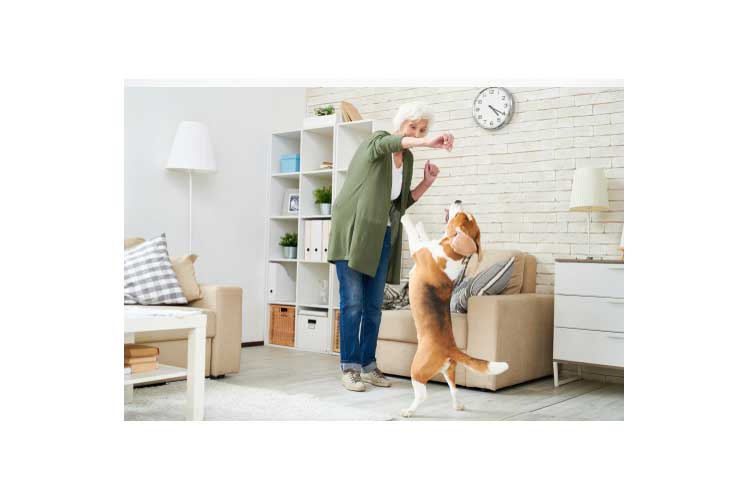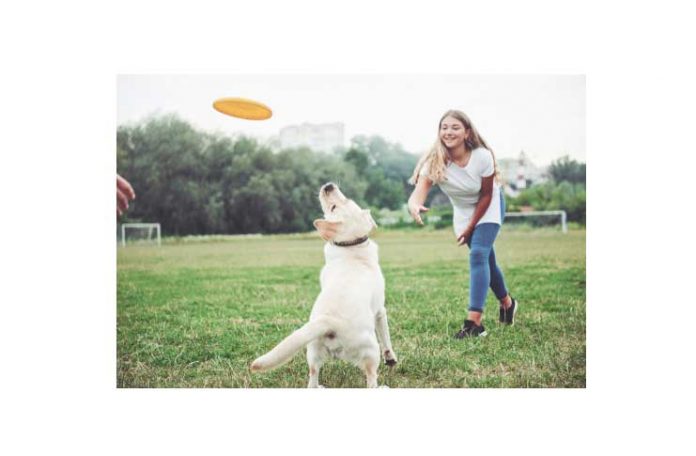Furry babies get excited over the simplest things, like when you’re holding a treat. They become playful and eager to munch that snack in your hand. Oftentimes, it’s easy to be tempted to get a treat and toss it to your dog for no reason besides showing that you love them. However, this could have negative effects on your dog like demanding behavior or reducing their hard work when training.
Love Chihuahuas and have one as a pet? Well, the simple act of carelessly giving your Chihuahuas dog treats could lessen the effectiveness of the discipline you want your dog to have.
Here are five important rules when giving your dog treats:
1. Choose the treats carefully
There are so many dog treats available in the market, and it’s so easy to think that they’re all safe for dogs just because they were allowed to be sold in the first place. However, there are commercially-packed treats that contain ingredients that can affect your dog’s health, so you need to ensure that you know what goes in those treats. Better yet, opt for natural treats like those by Barking Good, because they are processed without chemicals.
Here are some of the ingredients that are bad for your dog:
- White flour – This can cause a spike and drop in sugar levels that will cause your dog to be hungrier, and overconsumption can lead to weight gain, obesity, or diabetes.
- Artificial coloring – While they cause the treats to look better, artificial colors in dog treats are being linked to some biochemical processes and hyperactivity.
- Gluten – This is found in grains like corn, wheat, or oats, and can cause digestive distress or allergies
- Sodium nitrite – High doses can cause a blood disorder in your dog called methemoglobin, and is linked to cancer when accumulated over time.
2. Don’t be too dependent on the treats
One of the most effective ways of giving dog treats is to provide them with different rewards for different behaviors. Keeping your dog wondering what they’re getting in return for listening to you will lessen the expectation that they could have for repetition. There might be times where you give different flavors of treats, and other times, they receive a toy or a pat on the head.
While dogs can be more expensive to feed than cats, you can get creative with varying your reward system. Here are a few examples:
- Verbal praise like “good boy” in a happy and excited tone
- Active playtime with you like tug-of-war, Frisbee, water games, and the like
- Short trips or excursions like a walk different from that in the schedule, a short car ride around the block, and so on
- Physical attention like belly rubs, kisses, ear rubs, cuddles, and more
3. Reinforcement vs. Bribery
For treats to be effective, you need to be able to distinguish bribery from reinforcement and vice versa. Reinforcement it to reward your fur baby for good behavior, a completed task, or a job well done; while bribery is offering your dog a treat when it refuses to perform a behavior or task. For example, your dog might have responded to the sit command during the first few days and have received treats as a reward. It’s possible that it might not obey the same command without the treat and will only do so after seeing you reach for it in your pocket.

Here are a few tips when training:
- Don’t show your dog the treats beforehand but only after the behavior is completed successfully
- Don’t give food treats all the time, and move into removing treats with the command soon after
- Lessen the frequency of treats or rewards when the dog learns how to follow a particular command majority of the times
4. Avoid over-treating
Treats are vital instruments for positive reinforcement during training, but giving too many treats can also have undesirable effects for your dog. Over-treating can cause your dog to be overweight or obese, besides encouraging demanding behavior or increasing their expectation for further rewards. Here are the considerations:
- Dog treats shouldn’t exceed more than 10% of its daily caloric intake.
- Count treats as part of their daily calorie consumption, and not on top of their dog food. For example, if your dog needs 500 calories in a day, 50 calories are from treats and the 450 calories from its regular food.
5. Gradually remove food rewards
You don’t want to provide a treat for every good behavior because your dog will end up only following your commands when you have something to give. However, this also doesn’t mean that you abruptly stop the reward system. Instead, wean your dog like how you would wean your child. Once your pet performs tricks, commands, or behaviors correctly for 90% of the time, you can start removing the treats. Here’s some guidance on how to phase out treats:
- Reduce the value of the treats. For example, a command which gives him a chicken treat every time can be reduced to kibble and given on lesser occasions
- Increase the number of responses for a command before giving a treat
- Delay giving the treat for a few seconds rather than just feeding it to your dog
- Once your dog can perform commands for longer periods and pet food treats, move into giving life rewards. For example, instead of a turkey treat, you can tell your dog to fetch its favorite toy
Final Thoughts
Whether you’re a first-time dog owner or not, it’s always crucial for you to know that there is more to giving treats than showing affection for your pet. You need to choose the right kind of treats that won’t be harmful to your dog, add variety for your reward system and be mindful that you’re encouraging good behavior rather than bribing. You don’t want your dog to be unhealthy because of too many treats, and you want to be able to wean him out of this system at the appropriate time.



